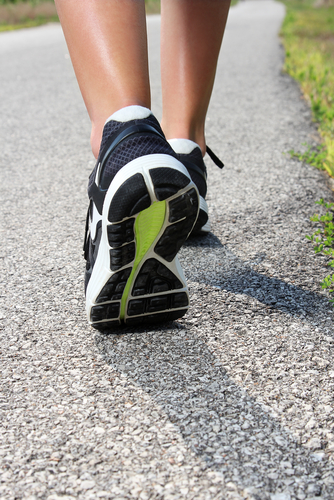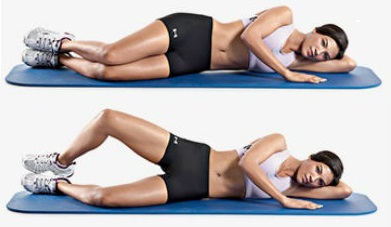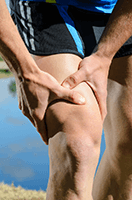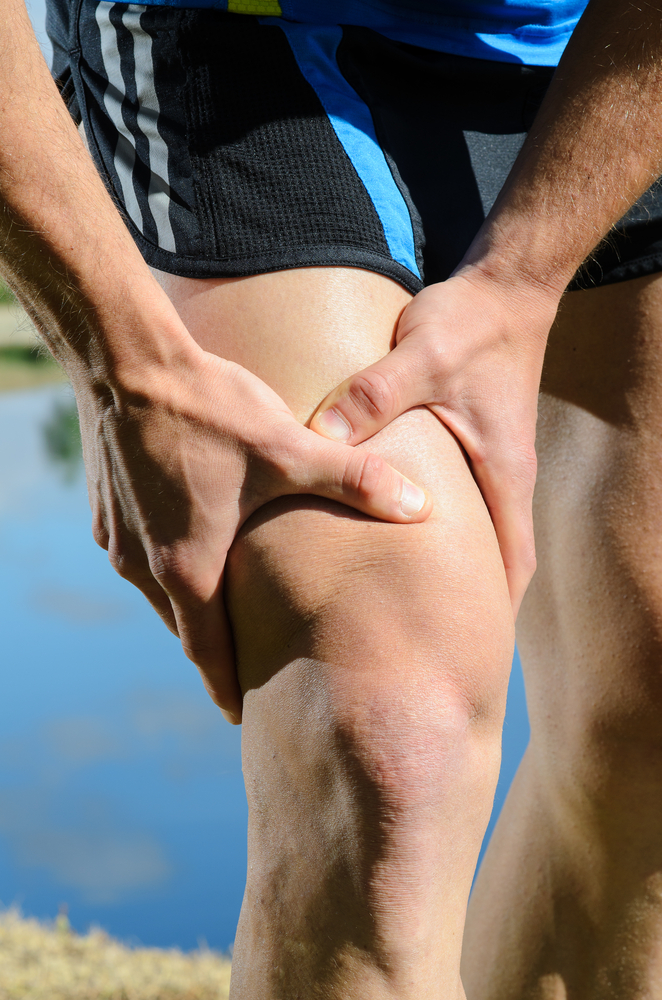Pilates or Yoga – which one would be best for my injury recovery?
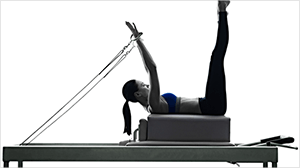 As physios it is common to get asked by clients what the difference is between pilates and yoga and would either be of benefit or detrimental to their injury and rehabilitation. With the popularity of both yoga and pilates in today’s society, people often want to know what the difference is?
As physios it is common to get asked by clients what the difference is between pilates and yoga and would either be of benefit or detrimental to their injury and rehabilitation. With the popularity of both yoga and pilates in today’s society, people often want to know what the difference is?
Yoga involves a series of poses that create a stretch for your muscles and joints, and may either be sustained stretches or more flowing in nature between poses, creating more of a dynamic stretch. Read more

